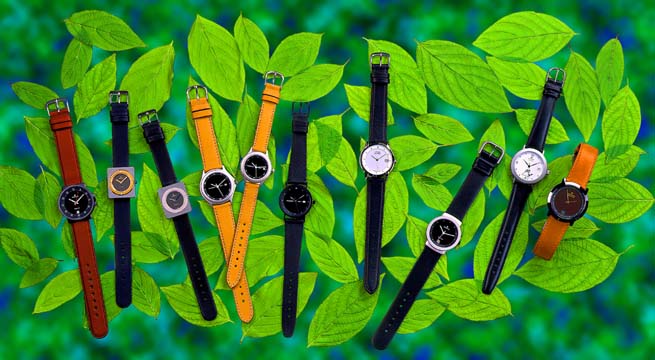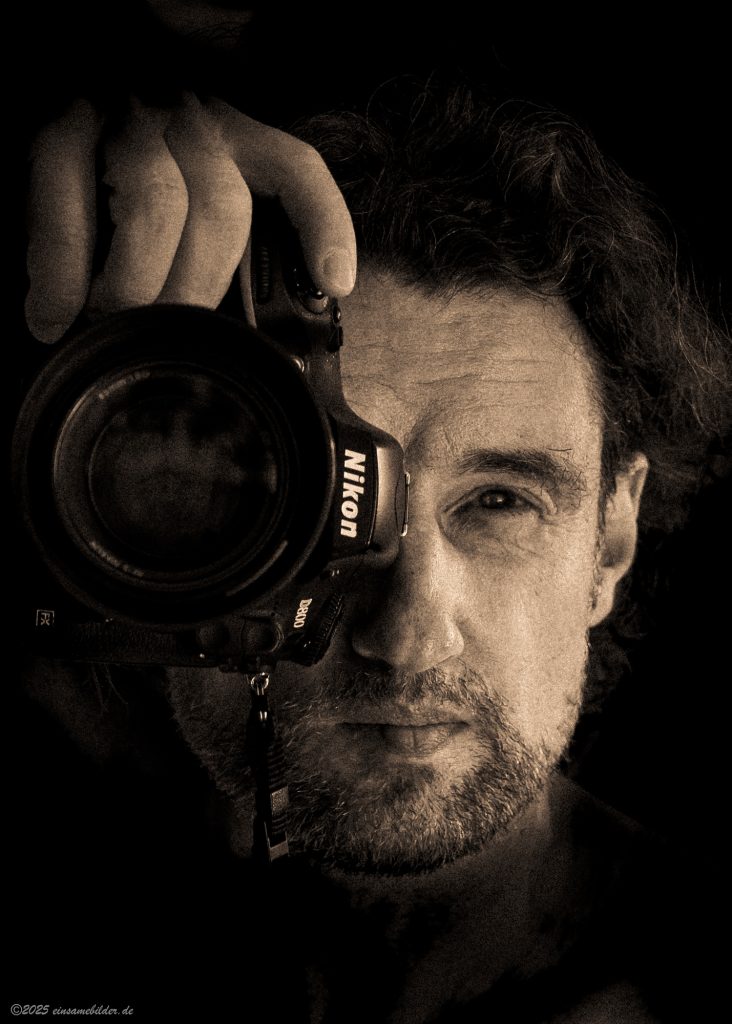
Until the 1990s, advertising photography was still a thoroughly analog craft-demanding, precise, and technically challenging. During this period, photographs were created for catalogs, industry, food, packaging, and product communication. Digital tools were not available, and every step required precise planning and in-depth expertise.
Working with film meant no direct image control, no histograms, no way to immediately check exposure or focus. Photographs were taken on slide or negative material, mostly in medium or large format. Exposure had to be calculated precisely – small errors could render entire productions unusable.
Studios worked with flash systems, and light measurement was done with hand-held exposure meters. Setting up a complex set, for example for a food shot with steam, glass reflections, and natural shadows, could take hours. Every step counted – from aligning the camera to styling to choosing the film. Retouching was also possible, but only manually – with a brush, cutter, or airbrush, which was expensive and time-consuming.
Another typical feature of the time was the “Polaroid test image” – an instant picture that served as a rough check before the actual film was exposed. Nevertheless, there was always a residual risk: the final result was only visible after development in the lab. This required maximum precision in the use of technology, lighting, and composition.
Anyone who learned this profession had to have a broad technical understanding – not only of photography, but also of chemistry, materials science, and processes. Advertising photography was teamwork, often under time pressure and with high quality requirements.

Working in the 90’s as a professional photographer, handling with large format cameras such as the Sinar P, Hasselblad, Broncolor studio lightning and more, and experience about 10 years in the advertising photography, this chapter ended for me in 1999, where the transition to digital photography fundamentally changed the industry. Nevertheless, the experience gained during the analog era remains valuable: it stands for precision, control, craftsmanship, and a deep understanding of light, image composition, and visual communication.